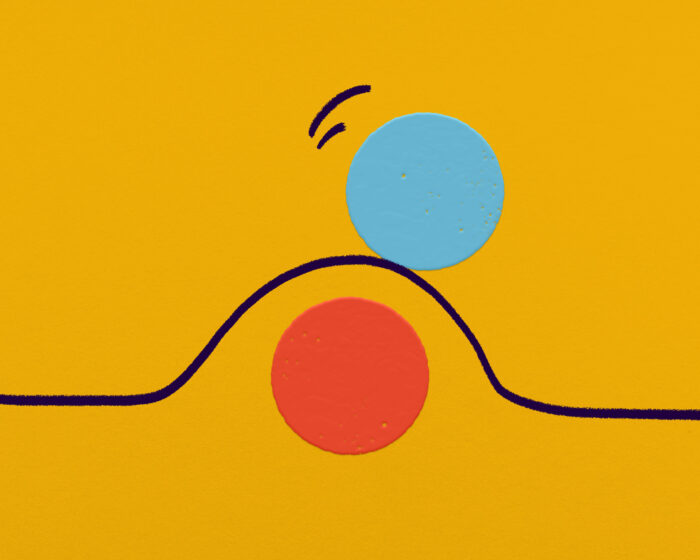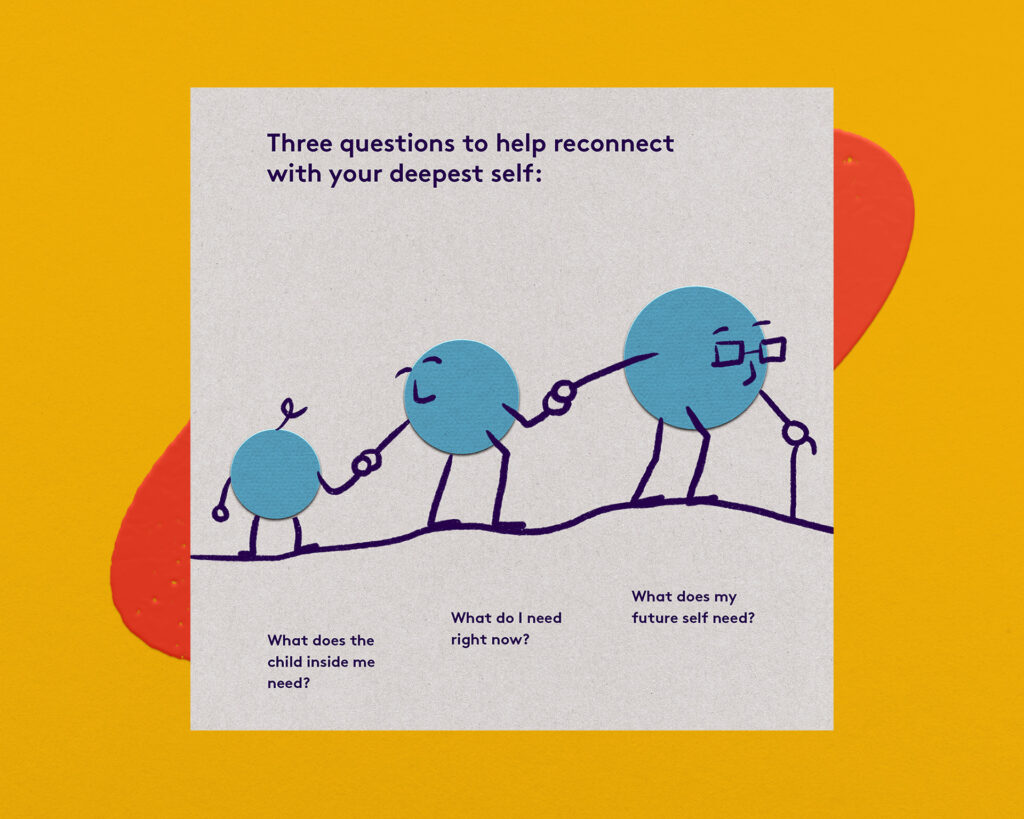You don’t pursue a promotion because a colleague is already angling for the gig. You’re probably too old for a master’s program, so why bother applying? You and your spouse should really talk about your credit card debt, but you’re both just so busy right now.
It’s natural to seek out explanations for our actions, and sometimes our reason for doing something is completely valid. While an explanation paints a clear picture of a situation for the sake of clarity and insight, explanations can often morph into excuses that justify actions or minimize responsibility. We all have the capacity to appoint ourselves the agents of our own lives: to take ownership of our development, career, creative spirit, work, and connections.
When left unexamined, our excuses can keep us from living into this possibility.
The first step toward challenging your excuses is to notice when and why you’re making them. If your reason for choosing not to do something is rooted in avoidance, this could be a warning sign that it’s not an explanation, but an excuse. We’ve all needed to reschedule a meeting due to the occasional unexpected conflict, but when you’ve rescheduled your 1:1 with your boss three times in one week, you may need to ask yourself why. Are you anxious about receiving feedback about a recent project? Are you avoiding a potentially uncomfortable conversation? What’s truly driving your behavior?

Another sign that an explanation may be an excuse is when it’s accompanied by uncomfortable emotions like anxiety, shame, or anger. Did you snap at your spouse when they asked why you missed your child’s school play? Was your stomach tied up in knots when you assured your manager that you botched a deadline because of a client’s poor communication? These moments may be signaling that you know you’re stretching the truth in ways that can be self-harming.
So let’s say you admit that an explanation was just a pretext. What comes next? Fortunately, there are three steps you can take to recover your agency, so your life moves in the direction you want:
- Prioritize values over comfort — When you find yourself rationalizing a certain action (or inaction), ask yourself: “Who’s in charge, the thinker or the thought?” Do your behaviors reflect the person you want to be, or are you trying to avoid discomfort? Making that phone call to a terminally ill parent may well provoke feelings of fear and grief, but you likely also value your connection with them and will cherish your conversations with them after they’re gone.
- Think beyond the present moment — Excuses can offer a little relief now for a lot of trouble later. You may have any number of reasons for not switching to a more fulfilling career. And isn’t a paycheck in the hand worth two in the bush? But how will you feel in five, ten, fifty years when you look back and see a life spent laboring on something that never really mattered to you? Are your current actions or behaviors going to make the “future you” proud?
- Change your perspective — We tend to have an excellent eye for spotting the excuses of others but we’re often blind to our own. When an excuse becomes habitual, we might not even notice we’re making it. It can be useful to imagine that you’re giving advice to a friend who’s in the same situation. Has your romantic relationship—ahem, your friend’s romantic relationship—been a source of more stress than solace for a long time? Maybe you could benefit from your own advice!
We all make excuses from time to time—it’s part of being human. However, it’s worth stepping back to consider whether you’re also excusing yourself from the life you intend to lead.






 Take the Quiz
Take the Quiz